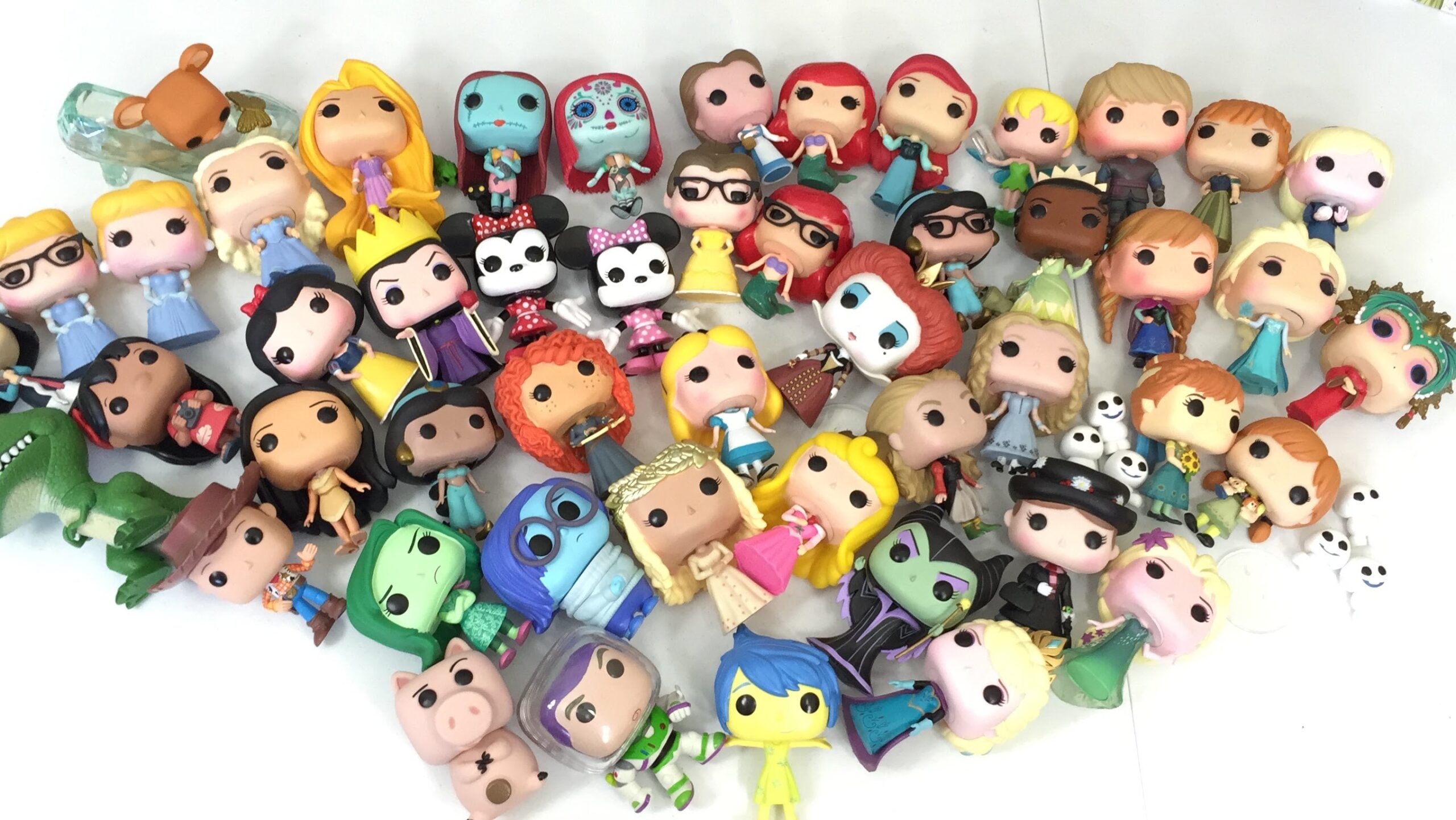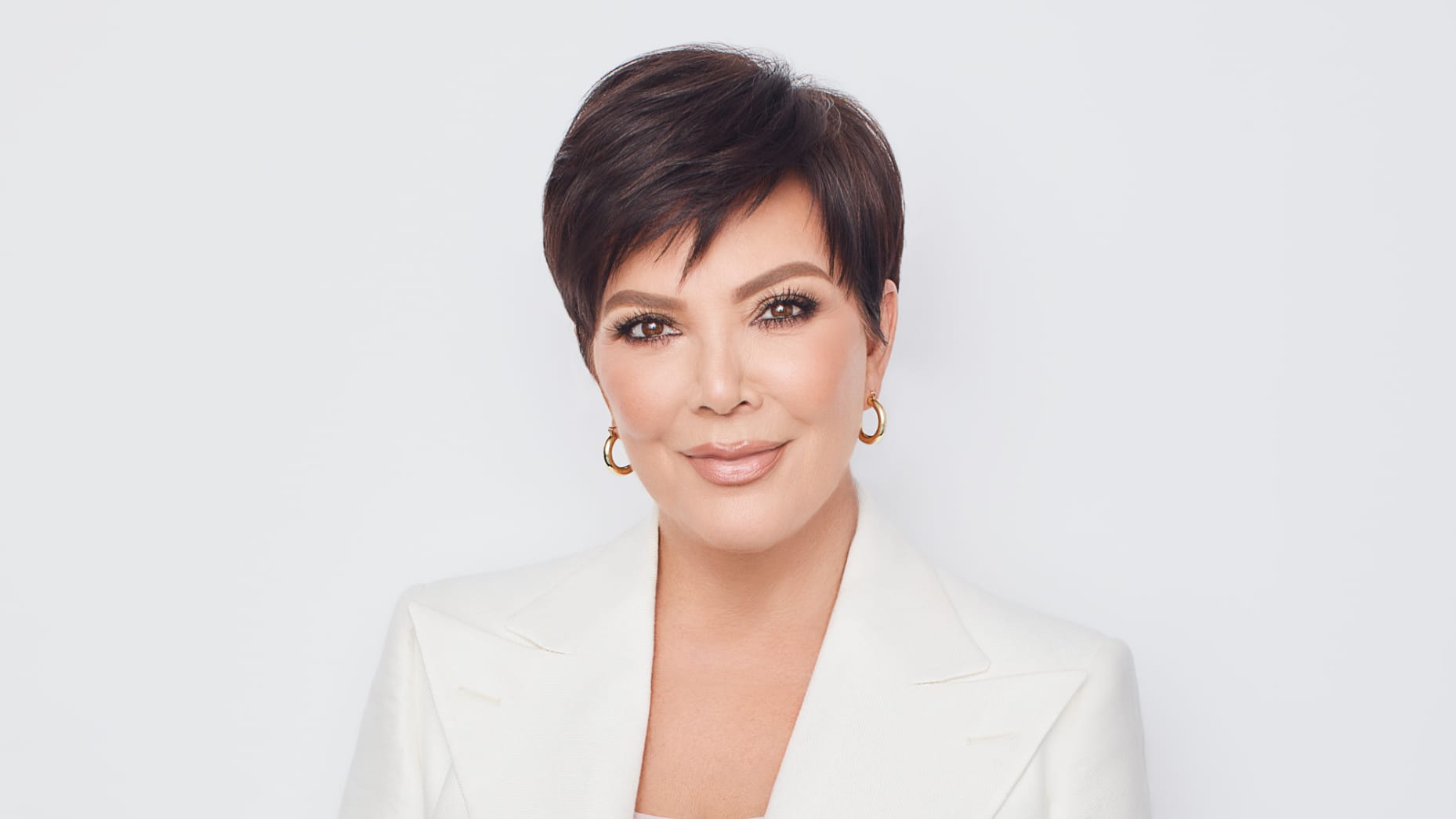How To Stop Doom Spending – Now

Jun 29 | 2025

Image by Amaurys Puello Martinez for Unsplash
This article includes affiliate links. We may earn a commission if you make a purchase, with no extra cost to you.
We all know the feeling. You’ve had a stressful day, the news is bleak, the cost of rent, utilities, groceries, gas—just about everything — and suddenly, you find yourself clicking “Buy Now” on something you don’t need at all. A new gadget, a skincare splurge, or a DoorDash dinner you swore off this week. It feels good — briefly. That rush? That’s doom spending.
What Is Doom Spending?
It’s the act of making unnecessary or excessive purchases as a way to cope with stress, anxiety, or a sense of hopelessness about the geopolitical world. It’s retail therapy with an existential twist. According to Vice, people are spending because they’re scared. And when the world feels like it’s on fire — politically, environmentally, financially — shopping offers a brief illusion of control.
Even Credit Karma has flagged this trend in a recent survey: 96% of Gen Z and millennials admit to doom spending. For many, it’s about coping with an economy that seems rigged against them.
It’s Getting Worse
Technically, inflation may be down, but prices are painfully high. Wages aren’t keeping pace, rent is brutal, and utilities, groceries, and gas are squeezing everyone. Meanwhile, headlines scream about war, climate collapse, and layoffs. You’re not imagining things.
The Cleveland Clinic explains that shopping activates the brain’s dopaminergic pathways — the same ones involved in motivation, reward, and habit formation. When you buy something, your brain releases dopamine, a neurotransmitter that helps reinforce the behavior and makes you more likely to repeat it — even if it wrecks your personal finances. And when the emotional charge wears off, the regret (and the credit card bill) sets in.
What makes it worse? The fact that nearly every app on your phone — from TikTok Shop to Uber Eats — is engineered to encourage spending.
And then there are buy now, pay later platforms like services, such as Afterpay, Klarna, and Affirm, partner with retailers to offer financing options at the point of purchase. The idea is simple: shop now, pay later. This may feel like a helpful financial tool in the moment, but can quickly snowball into debt traps if not carefully managed.
The Psychology of Retail Therapy
As Verywell Mind outlines, emotional spending fills a psychological gap. Maybe you feel burned out. Maybe you simply want a few moments of joy. Maybe everyone else on the Gram are living their best life and you want in.
Psychology Today adds that we’re conditioned to see shopping as a reward. When that’s paired with marketing that preys on stress or scarcity — “Only 2 left in stock!” — it’s easy to lose control.
🚫 How to Fight Back Against Doom Spending
1. Use Credit Karma – Seriously
Start by checking your financial pulse. Credit Karma lets you monitor your credit score, debt, and spending patterns for free. It also offers personalized financial tools to help you stay informed. Seeing your real-time debt can be just the wake-up call you need.
2. Pause Before Clicking “Buy”
Implement a 24-hour or 48-hour wait rule. If you still want it after that, revisit — but chances are, the emotional trigger will pass.
3. Delete or Mute Shopping Apps
Apps like Amazon, Temu, TikTok Shop, Uber Eats, Sephora, DoorDash, and even Instagram can lead you down a rabbit hole. Disable notifications, mute ads, or remove them entirely during tight financial periods.
4. Track Emotional Triggers & 🖊️ Journal About Them
Someone ghosts you — and suddenly, you’ve dropped $500 on shoes. That’s not retail therapy — it’s self-medication, and it can be just as destructive as any addiction.
Start journaling: After each impulse buy, write down what you were feeling. Patterns will emerge. You’ll begin to see what triggers your spending — and once you name it, you can work change the underlying reasons for your behavior..
Journal that too: What did you truly need in that moment — comfort, connection, distraction? Write it down, then find a more healthy way to meet that need next time.
5. Create a Conscious Spending Plan – Not a Budget
Traditional budgets can feel rigid and guilt-heavy. A conscious spending plan focuses on intention — you decide what matters, and give yourself permission to spend there and ditch the stuff that doesn’t. It’s about strategy, planning, and control — not restriction.
6. Get High On Life
Instead of shopping, try these cost-free dopamine hits:
- Go for a walk
- Call a friend
- Cook a meal using pantry staples
- Watch free YouTube yoga or meditation
- Declutter and donate instead of buying more
💡 Helpful Tools & Resources
- Credit Karma – Free credit monitoring, financial planning, and debt tools
- Rocket Money – Automatically finds & cancels unwanted subscriptions
- YNAB (You Need A Budget) – Subscription-based but excellent for behavior-based budgeting
- National Foundation for Credit Counseling (NFCC) – Free or low-cost financial counseling
Cleveland Clinic Guide on Shopping Addiction – Health-focused resource on compulsive spending
Final Thoughts
The temptation to doom spend is real — and it’s everywhere. You’re not weak or reckless for feeling the urge. You’re human, and you’re living through hard times.
But the antidote isn’t another impulse buy. It’s clarity. It’s facing your financial reality, even when it’s freaking you out. And it’s knowing you have tools and support — like Credit Karma, Rocket Money, and community resources — that can help you and your family regain control. Don’t let a broken economy break your wallet too. Spend less to protect your peace.
- Go for a walk
- Call a friend
- Cook a meal using pantry staples
- Watch free YouTube yoga or meditation
- Declutter and donate instead of buying more
💡 Helpful Tools & Resources
- Credit Karma – Free credit monitoring, financial planning, and debt tools
- Rocket Money – Automatically finds & cancels unwanted subscriptions
- YNAB (You Need A Budget) – Subscription-based but excellent for behavior-based budgeting
- National Foundation for Credit Counseling (NFCC) – Free or low-cost financial counseling
Cleveland Clinic Guide on Shopping Addiction – Health-focused resource on compulsive spending
Final Thoughts
The temptation to doom spend is real — and it’s everywhere. You're not weak or reckless for feeling the urge. You're human, and you’re living through hard times.
But the antidote isn’t another impulse buy. It’s clarity. It’s facing your financial reality, even when it’s freaking you out. And it’s knowing you have tools and support — like Credit Karma, Rocket Money, and community resources — that can help you and your family regain control. Don’t let a broken economy break your wallet too. Spend less to protect your peace.
"









